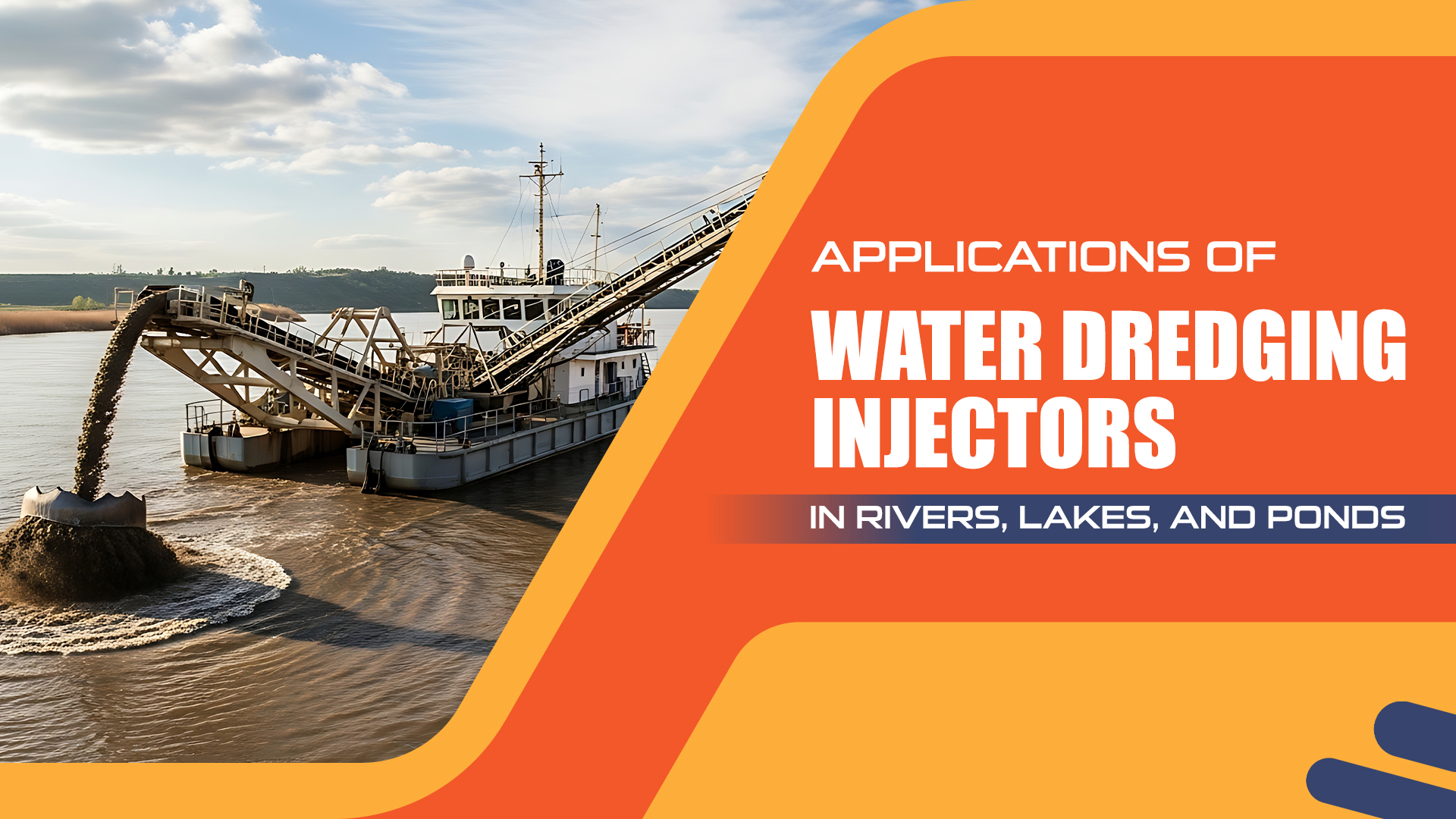Maintaining healthy waterways is vital for environmental balance, flood prevention, and supporting economic activities such as fishing, navigation, and recreation. Sediment accumulation, however, often reduces water depth, slows flow, and degrades ecosystems. One of the most efficient tools to address these challenges is the water dredging injector. By combining advanced hydraulics and precision design, dredging injectors offer a cost-effective and eco-conscious solution for managing rivers, lakes, and ponds.
In this article, we will explore how water dredging injector is applied across different water bodies, how they interact with water dredge, and the role of modern water dredging equipment in restoring flow, improving ecosystems, and ensuring sustainable use of aquatic environments.
- What Is a Water Dredging Injector?
- Applications in Rivers
- Applications in Lakes
- Applications in Ponds
- Advantages of Water Dredging Injector
- Integration With Water Dredge
- Usage of water dredging injector
- Future of Water Dredging Injector
- Maximizing the Impact of Water Dredging Injector on Modern Waterway Management
What Is a Water Dredging Injector?
A water dredging injector is a specialized device that uses pressurized water jets to loosen, agitate, and transport sediment from the bed of rivers, lakes, or ponds. Unlike traditional excavation-based dredging, this method minimizes disruption while efficiently displacing silt, sand, or organic matter.
When paired with a water dredge, the injector enhances performance by increasing suction and reducing clogging. Together, these technologies form part of advanced water dredging equipment packages, enabling operators to restore waterways with minimal environmental damage.
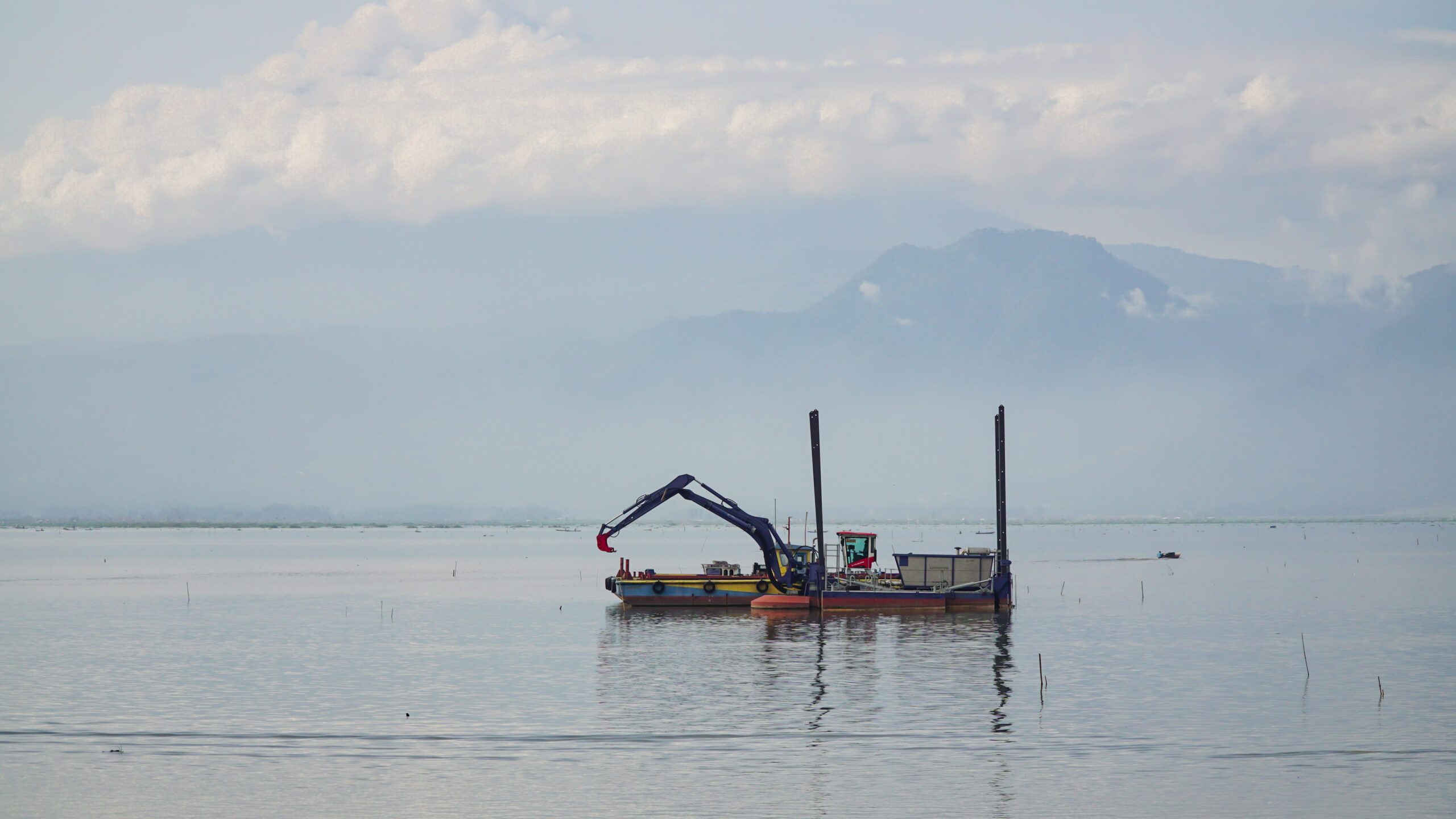
Applications in Rivers
Rivers are dynamic, constantly changing systems that transport sediment, nutrients, and organic material from upstream sources. Over time, much of this material settles in the riverbed, gradually reducing depth, obstructing channels, and creating bottlenecks that can severely affect navigation. Sediment accumulation also increases the risk of flooding by constricting the natural flow of water, particularly during periods of heavy rainfall or rapid snowmelt. The water dredging injector has emerged as an essential tool for managing these challenges, offering a highly efficient and environmentally conscious method of removing sediment while maintaining river health.
1. Improving Navigation
In rivers that support commercial shipping, recreational boating, or tourism activities, sediment buildup can form shallow areas that restrict vessel passage. These shallow zones not only impede transportation but also increase the risk of accidents and damage to boats. By using a water dredge equipped with a water dredging injector, operators can maintain consistent channel depth and safely remove accumulated silt and debris. The injector loosens sediment efficiently, allowing the water dredge to remove it quickly without significant disruption to water traffic. This continuous maintenance ensures that rivers remain navigable year-round, supporting economic activities and local communities that rely on waterborne transport.
2. Flood Control
Sediment-blocked riverbeds reduce the natural flow of water, forcing it into surrounding floodplains during periods of high precipitation. Such flooding can threaten homes, farmland, infrastructure, and natural habitats. Deploying modern water dredging equipment allows operators to strategically clear these blockages, restoring river capacity and improving drainage. The water dredging injector plays a crucial role by directing high-pressure water jets precisely at sediment deposits, loosening compacted material and enhancing suction efficiency. This targeted approach ensures that water flows more freely during peak events, reducing flood risk while minimizing disturbance to the river’s ecosystem.
3. Ecosystem Benefits
Healthy rivers support diverse populations of fish, amphibians, plants, and microorganisms. However, stagnant or sediment-choked sections can deplete oxygen levels, degrade water quality, and disrupt natural habitats. The water dredging injector helps restore the river’s natural flow, reoxygenate the water column, and remove nutrient-rich sediments that contribute to water quality degradation. By carefully managing sediment removal, injectors also prevent the displacement of aquatic organisms, allowing habitats to recover more rapidly. This restoration not only supports biodiversity but also enhances the river’s overall resilience against environmental stressors such as pollution and climate-related flooding.
Applications in Lakes
Unlike rivers, lakes act as sediment traps, capturing particles and organic matter carried by inflowing streams and rivers. Over time, this natural sedimentation reduces water depth, affects water clarity, and increases nutrient concentrations, which can accelerate eutrophication and the proliferation of harmful algal blooms. Water dredging injector provides a practical and targeted solution for lake management, allowing operators to restore depth, improve water quality, and protect aquatic ecosystems.
1. Restoring Water Depth
Lakes used for recreational purposes such as boating, swimming, or fishing require adequate depth for safe and enjoyable use. Sediment accumulation can reduce these depths, limiting access and usability. By pairing a water dredge with water dredging injector, operators can remove sediment efficiently, relocating it to containment or disposal areas while preserving the lake’s structural integrity. This process ensures the lake remains functional, safe, and visually appealing for both residents and tourists.
2. Controlling Algal Blooms
Sediment at the bottom of lakes often contains high concentrations of nutrients, especially phosphorus and nitrogen. When disturbed improperly, these nutrients can fuel the growth of harmful algal blooms, which deplete oxygen, release toxins, and threaten aquatic life. Using advanced water dredging equipment with injectors allows sediments to be removed in a controlled manner, minimizing nutrient release and supporting long-term water quality management. This approach helps prevent eutrophication, making lakes safer and healthier for both human use and wildlife.
3. Supporting Aquatic Life
In habitat restoration projects, water dredging injector is particularly valuable. By clearing soft, nutrient-rich sediments, injectors help establish a firmer lakebed substrate suitable for aquatic vegetation, which in turn provides shelter and food for fish and other organisms. Improved water circulation from dredging promotes oxygenation, benefiting species that rely on higher dissolved oxygen levels for survival and reproduction. This ecosystem-focused approach ensures that lakes remain vibrant, biodiverse, and resilient against environmental pressures.
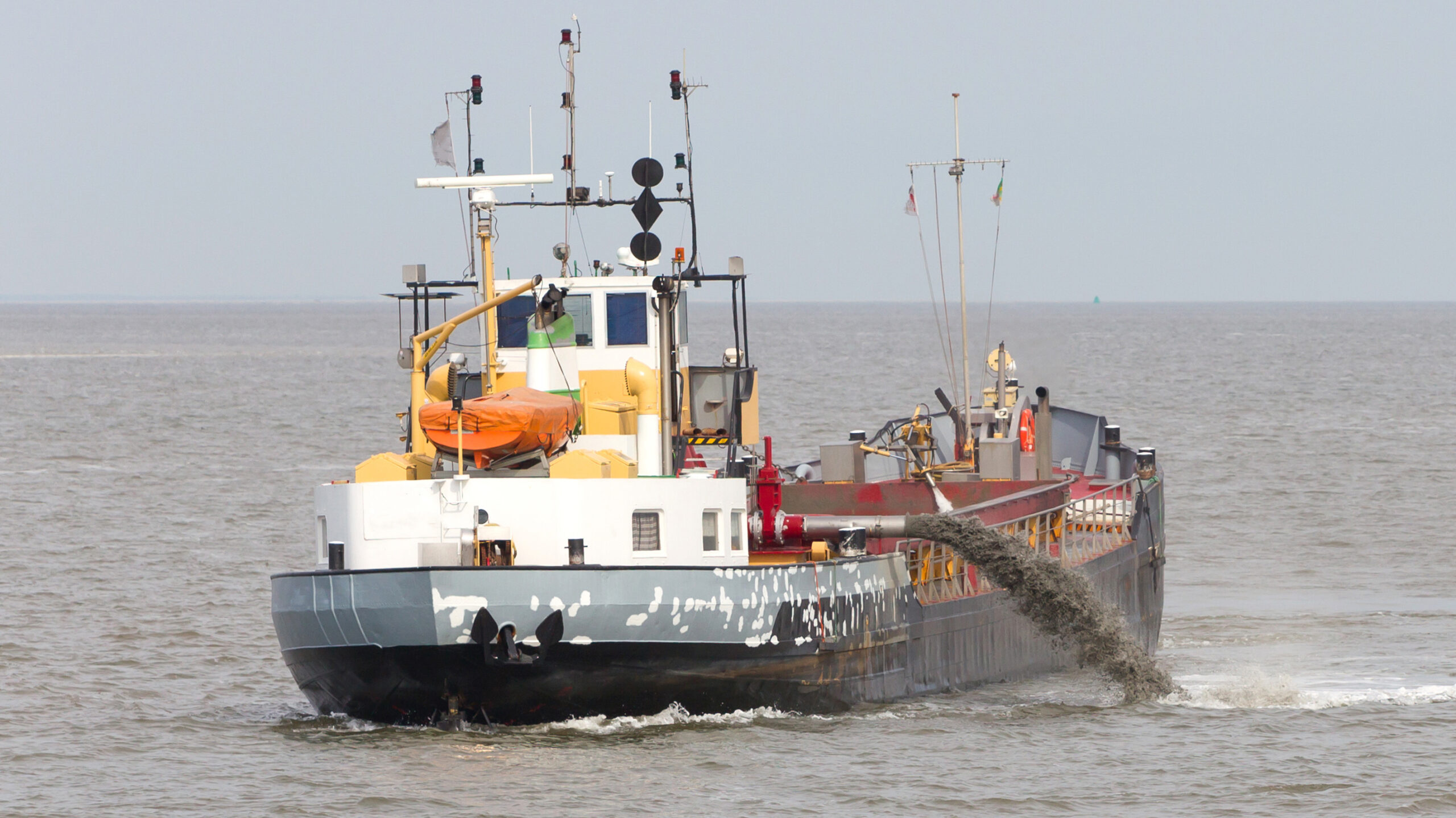
Applications in Ponds
Though smaller than rivers or lakes, ponds are highly sensitive to sediment accumulation. Sediment build-up can reduce water volume, degrade water quality, and limit usability, whether for agricultural, ornamental, or stormwater management purposes. Water dredging injector provides a precise, minimally invasive solution suitable for ponds of all sizes.
1. Agricultural Ponds
Farm ponds are critical for irrigation, livestock, and sometimes aquaculture. Sediment deposition reduces storage capacity and interferes with water management. A water dredging injector allows targeted sediment removal without fully draining the pond, maintaining continuity of irrigation and farming operations. This approach minimizes labor, preserves water quality, and maximizes storage efficiency, ensuring farms can rely on consistent water supplies throughout the year.
2. Ornamental and Recreational Ponds
Ponds in public parks, golf courses, or private estates often serve aesthetic and recreational functions. Sediment accumulation and organic matter can cloud the water, diminish visual appeal, and harm aquatic plants and fish. Using a water dredge equipped with injectors restores pond depth and clarity while minimizing disruption to existing wildlife. This not only enhances recreational enjoyment but also helps maintain healthy aquatic ecosystems within managed landscapes.
3. Stormwater Management Ponds
Urban stormwater ponds capture runoff and trap sediments and pollutants before water re-enters natural waterways. Regular dredging using modern water dredging equipment ensures these ponds do not become clogged, maintaining their capacity to manage stormwater effectively. Water dredging injector allow controlled sediment removal, preserving pond integrsity and ensuring consistent water flow. This application is especially valuable in cities prone to flooding or waterlogging, where sediment management supports both safety and environmental compliance.
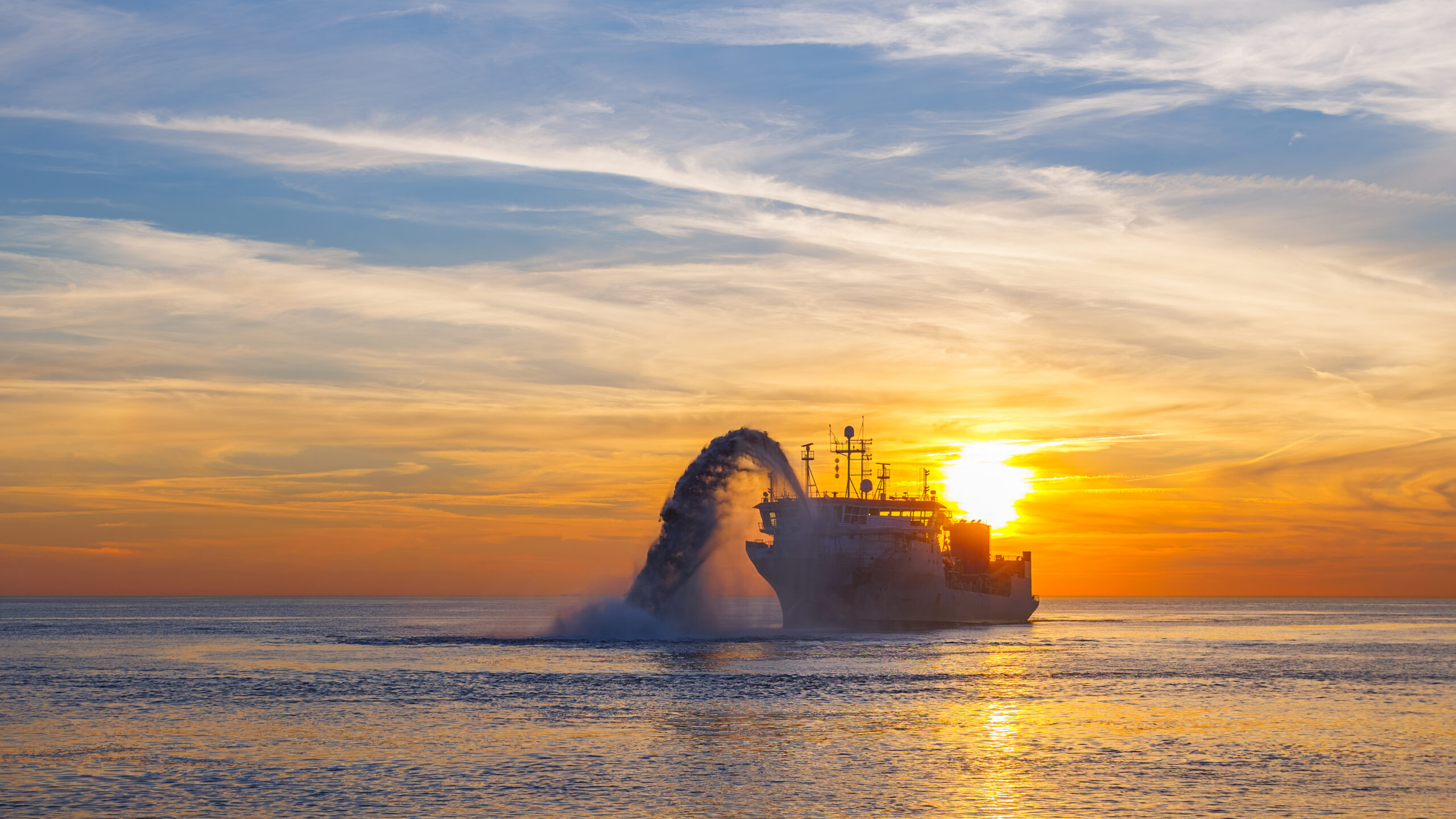
Advantages of Water Dredging Injector
The growing adoption of the water dredging injector is no coincidence. With the increasing demand for efficient, environmentally responsible, and cost-effective waterway management, these injectors have become an indispensable tool for rivers, lakes, and ponds. Compared to traditional dredging methods that rely heavily on mechanical excavation, shovels, or draglines, water dredging injector combine high-pressure water jets with suction technology to deliver superior performance.
1. Efficiency
One of the most significant advantages of the dredging injector is its efficiency. Traditional dredging methods often require significant downtime due to mechanical maintenance or clogging from compacted sediments. In contrast, injectors use pressurized water jets to loosen sediment before it is suctioned by a water dredge, reducing the likelihood of blockages and allowing continuous operation. This method accelerates sediment removal, making it particularly valuable in large-scale projects such as river channel maintenance or lake restoration. For example, in flood-prone rivers, efficient dredging can restore navigable depth quickly, reducing downtime for commercial and recreational traffic while mitigating flood risks.
2. Precision
Precision is another key advantage of dredging injector. Operators can target specific problem areas in rivers, lakes, or ponds without disturbing surrounding habitats. This precision is especially useful in ecologically sensitive areas, where indiscriminate sediment removal could harm aquatic vegetation, fish spawning grounds, or protected species. For instance, in lakes experiencing nutrient overload, precision dredging allows operators to remove nutrient-rich sediments from selected zones, controlling algal growth without affecting the entire waterbody. Precision also minimizes unnecessary movement of sediments, reducing turbidity and preventing downstream pollution.
3. Cost-Effectiveness
Pairing a dredging injector with a water dredge results in substantial cost savings. The high-pressure injector reduces the need for heavy mechanical excavation, lowering fuel consumption and decreasing wear and tear on equipment. Fewer personnel are required for operation, and projects can be completed in less time, translating into reduced labor and operational costs. For municipal or agricultural applications, such as pond or irrigation channel maintenance, this combination allows local authorities or farmers to maintain water infrastructure efficiently without large-scale financial outlays.
4. Environmental Care
Modern water dredging equipment with injectors is designed with environmental protection in mind. By loosening and removing sediments with water rather than mechanical digging, injectors minimize habitat disruption and reduce the risk of displacing aquatic organisms. They also limit turbidity, which can otherwise suffocate fish or damage delicate plant life. This environmental care makes injectors ideal for projects where ecosystem preservation is a priority, such as wetlands restoration, fish hatcheries, or conservation ponds. Additionally, carefully managed sediment removal helps prevent the release of pollutants trapped in the substrate, supporting long-term water quality improvements.
5. Flexibility
Finally, water dredging injector is highly adaptable. They can be deployed in a wide range of water bodies—from large rivers carrying heavy sediment loads to shallow urban ponds and expansive recreational lakes. This flexibility allows operators to address diverse dredging challenges without investing in multiple specialized machines. The injector’s modular design enables integration with various water dredging equipment configurations, ensuring that whether the task involves large-scale sediment removal or precision habitat restoration, the system can be tailored to meet project requirements.
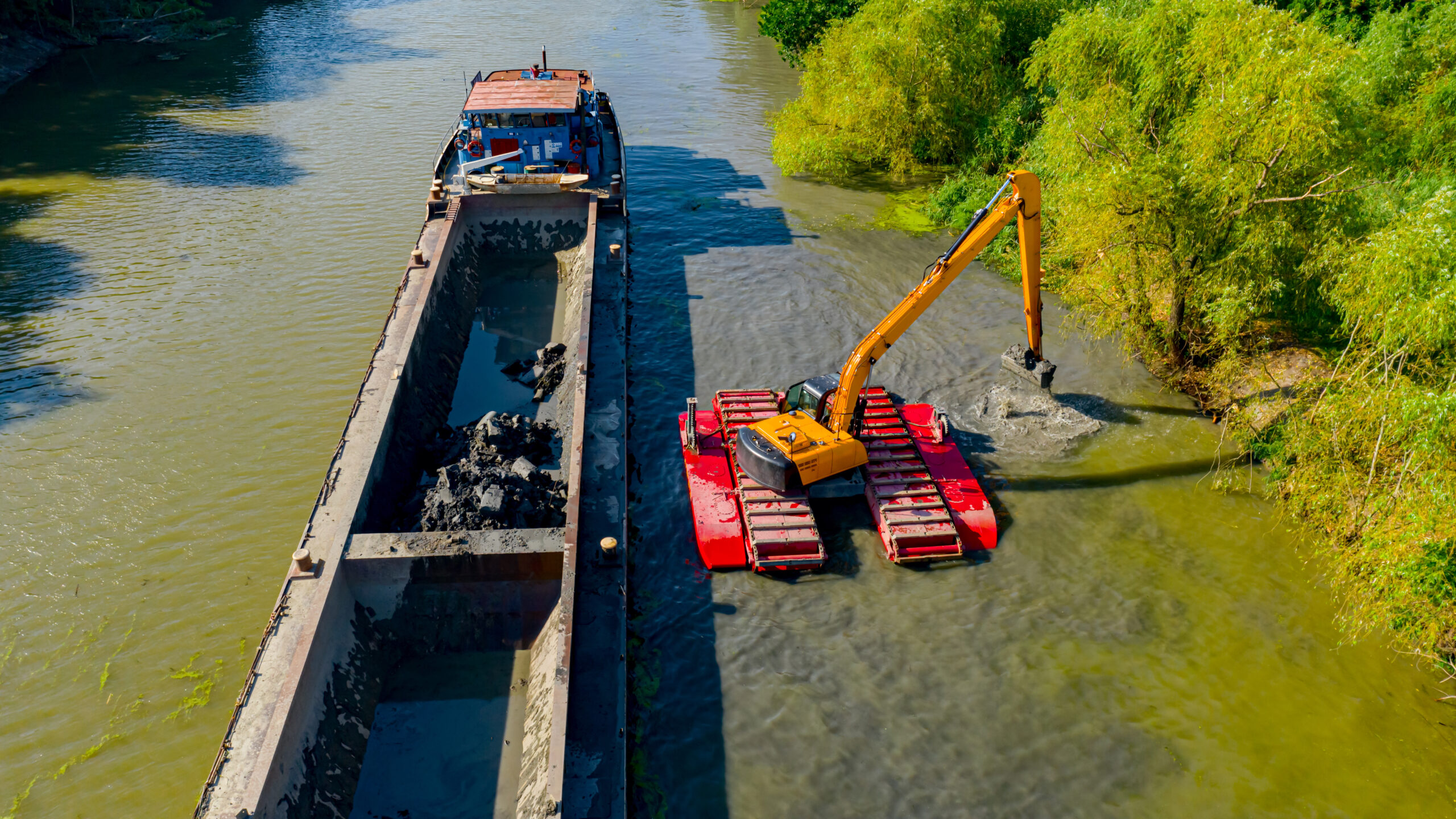
Integration With Water Dredge
The water dredging injector does not work in isolation. It functions best when integrated into a water dredge system designed for sediment transport. The injector’s pressurized jets loosen material, which is then vacuumed by the water dredge suction pipe. This synergy allows dredges to operate continuously without clogging, even in dense or compacted sediments.
Modern water dredging equipment packages often include multiple injector heads, automated controls, and GPS-guided dredging systems. These innovations in water dredging equipment ensure efficiency, accuracy, and compliance with environmental regulations.
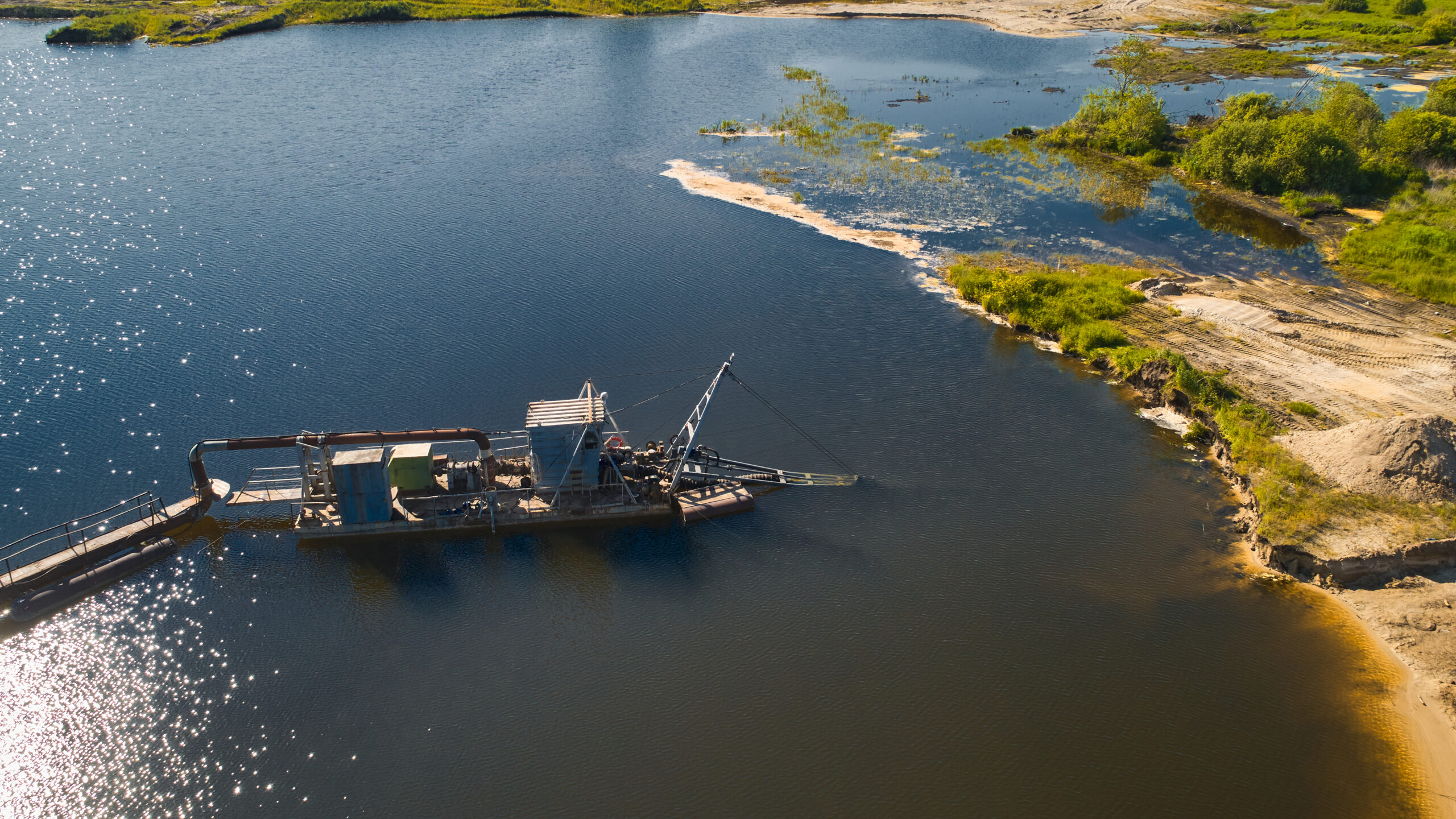
Usage of water dredging injector
River Restoration in Flood-Prone Areas
In flood-prone zones, a water dredging injector has been used to clear bottlenecks in river channels. By integrating with a large water dredge, operators restored navigability and reduced flood risks, saving millions in potential damage.
Lake Eutrophication Management
In a European lake suffering from nutrient overload, specialized water dredging equipment fitted with injectors was deployed to remove nutrient-rich sediments. This action curbed algal blooms and revitalized recreational use.
Agricultural Pond Maintenance
Farmers in Asia have successfully used compact water dredging injector to clean silted irrigation ponds. The injectors allowed dredging without disturbing stored water, ensuring uninterrupted agricultural operations.
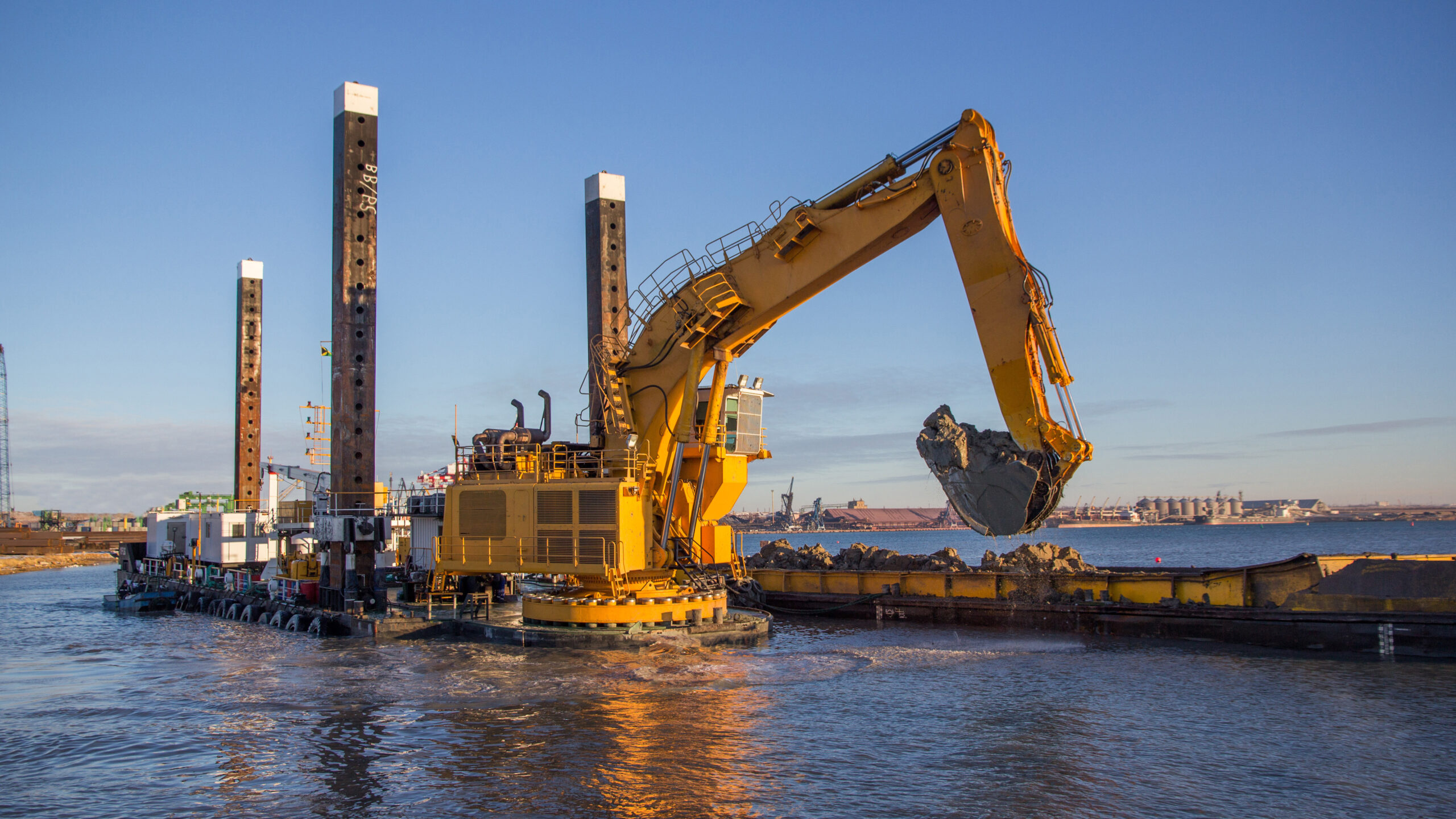
Future of Water Dredging Injector
As waterways continue to face pressure from urbanization, agriculture, and climate change, demand for innovative dredging solutions will grow. The dredging injector stands out for its versatility, eco-friendliness, and compatibility with modern dredging systems.
Manufacturers are now focusing on enhancing automation, reducing energy consumption, and integrating real-time monitoring into water dredging equipment. This ensures operators can achieve precise sediment removal while minimizing costs and environmental impacts.
Maximizing the Impact of Water Dredging Injector on Modern Waterway Management
From major rivers to small ponds, sediment management is critical for navigation, flood control, and ecological health. The water dredging injector has proven to be a highly adaptable tool, capable of enhancing efficiency and sustainability in sediment removal.
When combined with a water dredge and advanced water dredging equipment, injectors deliver practical solutions for restoring water depth, improving flow, and supporting aquatic ecosystems. As global demand for cleaner, healthier waterways increases, the role of dredging injectors will continue to expand—ensuring that rivers, lakes, and ponds remain valuable resources for both people and nature.
Discover how water dredging injectors can transform rivers, lakes, and ponds. Learn more about their benefits for sediment removal, water flow, and ecosystem health with pdwire.
